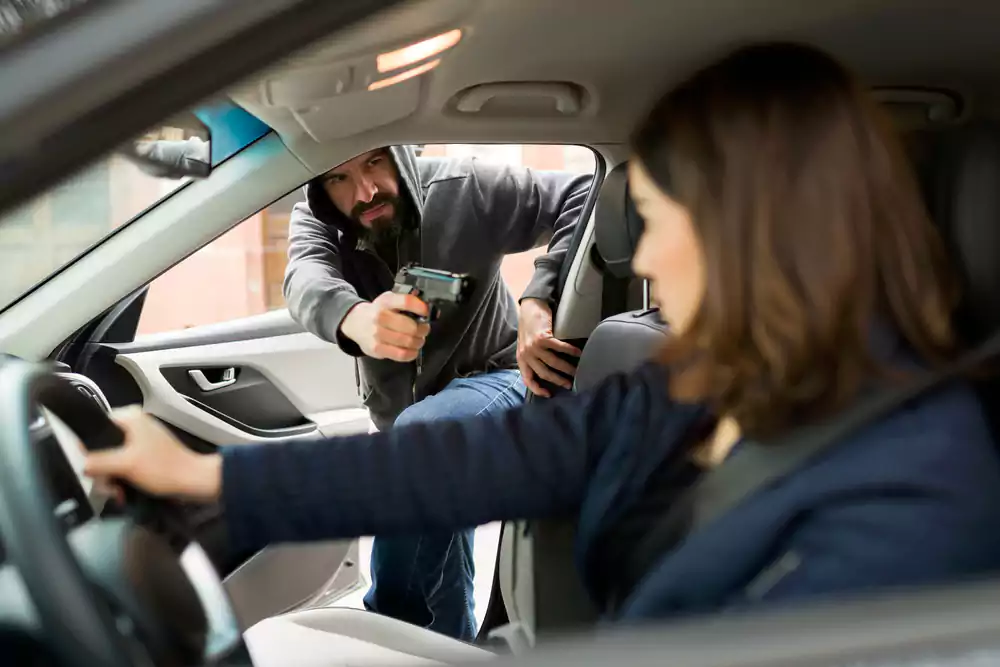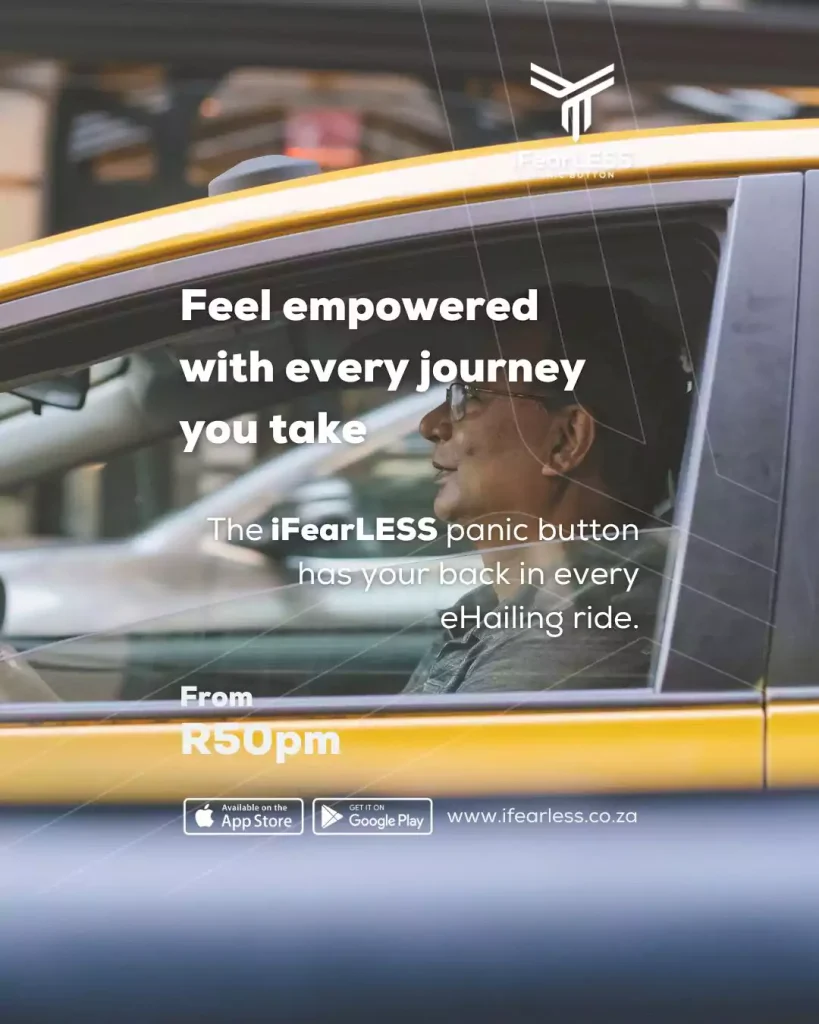South Africa has one of the highest hijacking rates in the world, with thousands of cases being reported every year. This comprehensive guide examines the current state of vehicle hijacking, explores why it remains so prevalent, and provides essential safety strategies to protect yourself and your family.
Understanding these risks and knowing how to respond can mean the difference between becoming a statistic and staying safe on South African roads.
Current State of Hijacking in South Africa
Vehicle hijacking statistics paint a sobering picture of South Africa’s security landscape. Data from the South African Police Service (SAPS) shows a worrying rise in hijacking cases in recent years, with some provinces recording far higher numbers than others.

The provinces most affected by hijackings are Gauteng, KwaZulu-Natal, and the Western Cape, with urban centers like Johannesburg and Cape Town recording the highest number of cases. The data reveals that hijackings occur throughout the day, though certain time periods show increased activity.
These numbers represent more than statistics—they reflect a reality that affects millions of South Africans daily, influencing everything from route planning to vehicle choice.
Common Methods Used in Hijackings
Criminals employ various tactics to execute vehicle hijackings, often adapting their methods based on location and circumstances. The most frequently reported approaches include:
Traffic light hijackings occur when vehicles are stationary at intersections. Perpetrators approach from blind spots, often working in groups to surround the vehicle quickly.
Driveway hijackings target residents as they enter or exit their properties. Criminals may follow victims home or wait near residential areas, striking when drivers are most vulnerable.
Smash-and-grab escalations sometimes develop into full hijackings when initial attempts to steal items from vehicles meet resistance or when criminals decide the vehicle itself is the primary target.
Fake accident scenarios involve criminals staging minor collisions or breakdowns to force drivers to stop, creating opportunities for hijacking.
Following and blocking techniques see criminals trailing potential victims before boxing them in using multiple vehicles, making escape impossible.
Why Hijacking is So Prevalent in South Africa
Multiple interconnected factors drive the high rate of hijackings in South Africa. Economic inequality creates desperation that drives some individuals toward crime as a perceived solution to financial hardship.
The lucrative nature of vehicle theft feeds organized criminal networks. Stolen vehicles often disappear across borders or get stripped for parts, creating substantial profits with relatively low risk of recovery.
Limited law enforcement resources mean criminals face reduced chances of apprehension. Even when caught, court backlogs and legal complexities can result in lengthy delays or reduced sentences.

Geographic factors also play a role. South Africa’s extensive road network and porous borders facilitate the movement of stolen vehicles, while urban sprawl creates numerous isolated areas where crimes can occur undetected.
Social factors, including unemployment and substance abuse, compound the problem. Young people with limited opportunities may view hijacking as a quick path to wealth, despite the severe legal and moral consequences.
Safety Tips to Avoid Hijacking
Prevention remains your strongest defense against becoming a hijacking victim. Implementing these strategies significantly reduces your risk:
Vehicle maintenance and preparation starts with keeping your car in good working condition. Ensure doors lock properly, windows function correctly, and you have sufficient fuel to avoid stopping in unsafe areas.
Route planning involves researching safe travel paths and avoiding known high-risk areas, particularly during peak crime hours. Keep your travel plans shared with trusted contacts, and try to change up your routine to avoid being predictable.
Situational awareness is about staying alert to what’s happening around you—whether you’re walking to your car, waiting at traffic lights, or parking. Trust your instincts if something feels wrong.
Parking strategies include choosing well-lit, busy areas and avoiding isolated spots. When possible, park close to exits and face your vehicle toward the street for quick departure.
Technology utilization encompasses using GPS navigation to avoid dangerous areas and keeping emergency contact information readily accessible.
What To Do During a Hijacking
If confronted by hijackers, your primary goal is personal safety. Material possessions can be replaced—your life cannot.
Immediate response should prioritize compliance over confrontation. Remain calm, avoid sudden movements, and follow instructions. Do not attempt to be heroic or resist unless absolutely necessary for survival.
Communication approach involves speaking clearly and calmly. Try not to make eye contact that could be seen as aggressive, but stay attentive enough to follow instructions safely.
Exit strategy means leaving the vehicle quickly when instructed, taking essential items like identification if possible, but prioritizing your safety above belongings.
Observation skills can help later identification, but avoid obvious staring. Mental notes about perpetrators, vehicles, or direction of travel may assist police investigations.
After a Hijacking: Immediate Steps
The moments following a hijacking are crucial for both your safety and the investigation process.
Personal safety assessment comes first. Seek immediate medical attention if injured, even for minor injuries that might worsen over time.
Police reporting should happen as soon as safely possible. Give the authorities as much detail as possible about the incident, the suspects, and the stolen vehicle. Request a case number for insurance purposes.
Insurance notification must occur promptly, typically within 24 hours. Most insurers have dedicated hijacking hotlines for immediate assistance.
Document everything by writing down all details while they remain fresh in your memory. Include time, location, perpetrator descriptions, and sequence of events.
Support systems become important for emotional recovery. Consider counseling services, as hijacking trauma can have lasting psychological effects.
Related Article:
Most Common Crime in South Africa
Role of Technology and Safety Apps
Modern technology offers increasingly sophisticated tools to combat hijacking and enhance personal safety. Various applications and devices can provide crucial assistance before, during, and after dangerous situations.
Safety apps like iFearLESS offer comprehensive protection features designed specifically for high-crime environments in South Africa. These applications include panic buttons that instantly alert emergency contacts and security services, GPS tracking that allows others to monitor your location, and rapid response coordination with local security companies.

Tracking systems have evolved beyond basic GPS to include features like real-time location sharing with security firms. Some advanced systems can detect unusual activity and automatically alert monitoring centers.
Download the iFearLESS App on [Google Play Store] and [App Store]
Communication tools within safety apps ensure that after pressing on the panic button and if your phone is taken, emergency contacts receive immediate notification of your situation along with location data.
Final Verdict
Hijacking remains a serious threat in South Africa, but understanding the risks and implementing proper safety measures significantly improves your protection. Staying informed about current crime trends, maintaining awareness of your surroundings, and having emergency plans in place creates multiple layers of security.
Technology continues to evolve, offering new tools to enhance personal safety. Consider investing in reliable safety applications and vehicle security systems as part of your comprehensive protection strategy.
Remember that no vehicle or possession is worth risking your life. When you put personal safety first, stay alert, and make smart use of available resources, you can travel South Africa’s roads with more confidence and peace of mind.






